Secondary School Sport & Physical Activity Survey 2022
Introduction
Between November 2021 and February 2022, Active Kent & Medway and the network of School Games Organisers (SGOs) conducted surveys with young people from across Kent and Medway to understand their barriers and motivations to taking part in physical activity.
Active Kent & Medway aims to reduce inactivity across the county and encourage the least active to increase their physical activity levels. We have therefore focused our analysis on those not meeting the Chief Medical Officer’s guidelines of 60 minutes of physical activity per day (on average), and specifically those doing less than 30 minutes of activity per day.
The responses were from young people attending secondary schools with high percentages of free school meals, young people from culturally diverse communities, and/or those with special educational needs.
We received over 2,000 responses from across the county. In addition to developing tailored activities for the young people who answered the survey, Active Kent & Medway are committed to sharing the findings and common themes to help support professionals to design appropriate activities for young people who are less likely to be active.
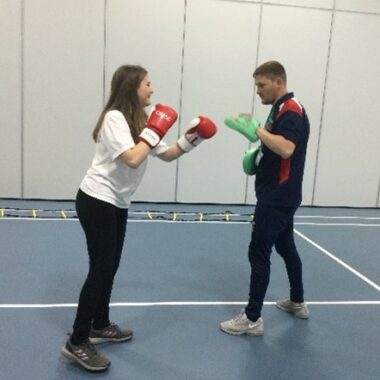
More than three-quarters of respondents wanted to do more physical activity
Activity levels were lower for young people from culturally diverse backgrounds, and recipients of free school meals
The most active young people were happier than the least active
The most commonly mentioned activities that young people would like to see offered were: dodgeball, swimming, self-defence, boxing and basketball
Key Findings
Physical activity levels per day
0-29 mins per day Less Active
30-59 mins per day Fairly Active
60 mins + per day Active

60% of young people surveyed were not meeting the Chief Medical Officer guidelines
Activity levels were lower for those from culturally diverse communities
Young people who receive free school meals (FSM) were less likely to be active than those who did not
Most active young people reported the highest happiness scores, while the least active reported the lowest
Feedback
What makes a good coach or PE teacher?
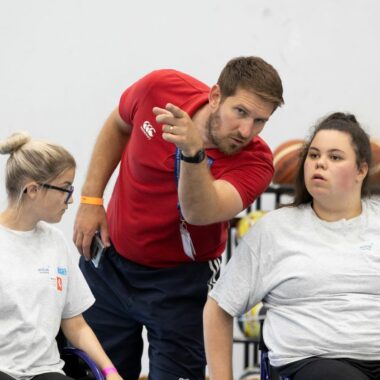
Someone who is fun, happy and pushes us to do our best
Someone who understands that not everyone works at the same speed
Someone who is Interactive and listens to what the class enjoy
Someone that understands people’s problems
What do you LIKE about after-school clubs?
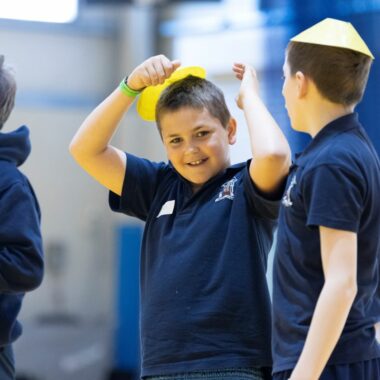
Extra time with friends
Being active
I like that you can get fitter and more healthy
There aren’t many people so you grow close
What do you DISLIKE about after-school clubs?
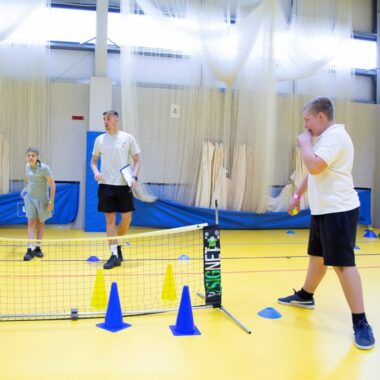
Taking away my social time
Can be cancelled easily
I don't like how we can't choose what sport we do
When it’s not what you fully expected or wanted to do
What would make you or your friends attend more after-school clubs?
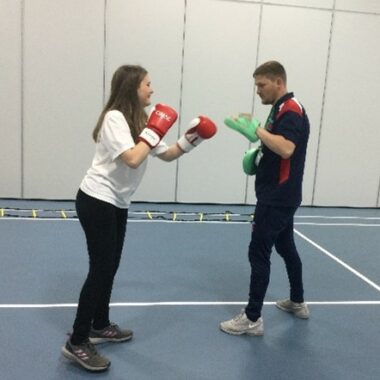
More activities and they should do a vote to see what people want
If they were more welcoming and you were less likely to be judged by the other members
More posters and visual things around
Help with transport
What did young people tell us about their likes and dislikes in relation to competition?
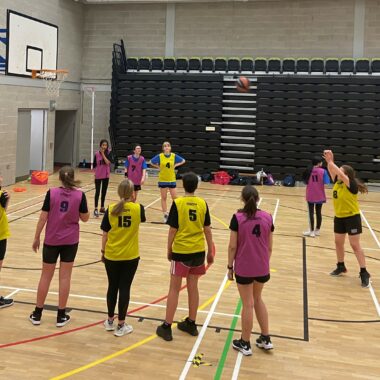
I dislike the pressure
I like challenging myself
It’s very entertaining and I like working as a team
Too many people and I get nervous in front of crowds
Recommendations
How to engage your least active students in sport and physical activity:
1. Take time to understand young people’s barriers to taking part and support them to overcome these.
Young people might have certain challenges which they may or may not want to disclose, however making sure potential participants have a voice from the outset will help to understand where we can address and plan for these barriers.
2. Explore the motivations of why a young person might decide to come to sessions and ensure these expectations are met where possible.
The most frequent response was that young people liked fun activities, so consider how every session you deliver incorporates enjoyable activities. Ask the young people why they have decided to attend so you can plan to meet their expectations.
3. Simply ask, “what do you want to do?”
We know that less active young people are more likely to engage in programmes if they have been involved in their development so ask potential participants what they want, be that the sport/activity or type of session.
4. Provide a welcoming and fun environment which is free from judgement.
As soon as a less active young person steps into your environment, consider the emotions they might be feeling and create a friendly atmosphere from the outset. Try to avoid activities that have the rest of group observing one person.
5. Provide social experiences both physically and virtually.
We know young people want to socialise with friends and meet new people, but we also understand that there are competing interests. Consider how you can incorporate breaks in the activities for participants to socialise and even check or update their social media accounts.
Positive Activities Evaluation Report
Following the Secondary School survey and consultation, we developed new activities considering the least active young people’s views and motivations. We then collated the impact of these activities on the participants and compiled an evaluation report.
Contact Us
For more information about the secondary school survey conducted by Active Kent & Medway and the survey findings, please contact Daniel Bromley, our Club and Schools Development Officer, email: Daniel.bromley@kent.gov.uk.

